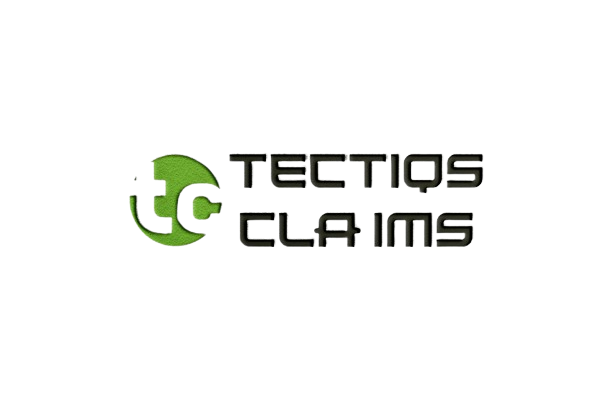Introduction
One key moment in the ongoing legal feuds regarding repairs and hire-charges happened with the case of Bee v Jenson (2006). The implications of this are not just for the immediate decisions in this case but also for how the courts might view the recoverable period for hiring a replacement car. So the Bee v Jenson decision serves as a basic guide to the human concept of damages through the common law concept of minimization of loss, and the ultimate aim of damage recovery decisions.
Case Background
The origins of Bee v Jenson (2006) lie in a vehicular incident that necessitated repairs. The claimant, Bee, found themselves without a vehicle due to the actions of the defendant, Jenson. To maintain their daily routine and responsibilities, Bee hired a replacement vehicle. The costs of this hire, naturally, became a point of contention, leading to the legal dispute. Central to the case was the question: for how long could be reasonably claim hire charges from Jenson?
Legal Issue
The crux of the legal issue in Bee v Jenson was determining the recoverable period for which the claimant could charge higher fees. The court needed to assess whether the period during which Bee hired the replacement vehicle was justified and necessary. The underlying principle was that Bee should not incur unnecessary costs, but should also be adequately compensated for the disruption caused by Jenson’s actions.
Court’s Decision
That Bee was entitled to recover hire charges for the period that it reasonably took to repair the original vehicle. This was arrived at after a detailed examination of what constitutes a “reasonable” period. The court took into account such items as the amount of damage, the time necessary to repair/replacement vehicle Unit. This decision ultimately struck a fair balance between the claimant receiving proper compensation and the defendant not being allowed to burden the court unnecessarily with excessive financial demands.
Principle of Minimizing Losses
A central tenet in the court’s decision was the principle of minimizing losses, also known as mitigation. This legal principle requires claimants to take reasonable steps to reduce their losses following an incident. In Bee v Jenson, this meant that Bee was expected to expedite the repair process as much as reasonably possible and not to unduly prolong the hire period. The court’s ruling illustrated this principle by emphasizing that only the necessary hire period, determined by the actual time required for repairs, was recoverable.
Implications for Future Cases
The precedent set by Bee v Jenson has far-reaching implications for similar cases in the future. It provides a clear framework for determining the reasonable period for recoverable hire charges, influencing both claimants and defendants in vehicle repair disputes. Claimants must now be mindful of the mitigation principle, ensuring they do not incur excessive hire charges beyond what is necessary. Conversely, defendants are protected from bearing undue financial burdens resulting from unnecessarily extended hire periods.
Conclusion
The legal position on credit hire charges in the context of road traffic accidents has been heavily impacted by the recent Court of Appeal judgment in Patti v First Central Insurance Management Ltd [2021] EWCA Cave 822. This important decision provides needed clarity on the recoverability of those charges as special damages, a topic that has long divided personal injury and insurance law. In this blog, we discuss the facts of the case, the reasoning of the Court of Appeal and the wider implications of this seminal judgment.


